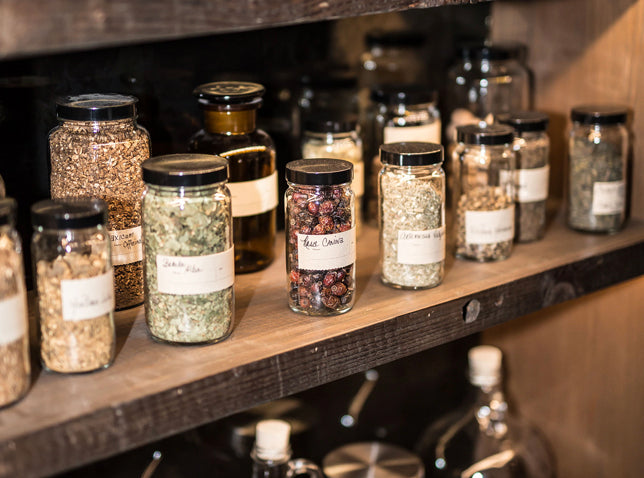Not surprisingly, with a name like “bitter” it’s hard to make friends. Like Johnny Cash said, “life’s tough for a boy named Sue.” But with the craft cocktail resurgence, cocktail bitters are making a huge comeback. So, get ready to jump on the cocktail bitters bandwagon. But, with over 400-discernable flavour characteristics that our senses can detect, choosing which bitters are most pleasing to your palette requires some guidance. So, let’s brush up on your bitters.
A cocktail is not a cocktail without Cocktail Bitters.

What are Cocktail Bitters?
Simply put, cocktail bitters are alcohol flavoured extracts. Ironically, they were originally created for medicinal purposes. Traditionally they’re made by distilling different spices, aromatic herbs, bitter roots, fruits and flowers in a base liquor like Vodka. Typically around 15% alcohol, there are two-forms of bitters – potable and non-potable. To simplify things, if it’s in a large bottle it’s potable. Such as a liqueur like Amaro, an after-dinner digestif. You probably remember it from back in the day in your parent’s liquor cabinet. But if it’s in a tiny bottle it’s a non-potable bitter. These are the cocktail bitters we’re talking about. Tiny bottles of highly concentrated flavours added to cocktails but not to be consumed on their own.

A cocktail without cocktail bitters is like a steak without seasoning.
Ever wonder what a bartender was talking about when they said they add a touch of this and a dash of that? Now you know, cocktail bitters. These potent liquids are part of every self-respecting mixologist’s tool kit. And if variety is the spice of life, then cocktail bitters are the salt and pepper of the liquor cabinet. But one thing to keep in mind while you’re shaking and stirring… with bitters, a little goes a long way. Like a seasoning, they contribute to the overall flavour of the cocktail. To either enhance or add contrast, not become the dominant flavour. So, if you’re looking to add flavour, aroma, depth and complexity to your cocktails, look no further than cocktail bitters.
Bitters Basics
There are literally hundreds of bitters with a slew of ingredients comingling to make up each one. So, it’s difficult to categorize them. From sweet to spicy, herbal, floral, citrus and more. Probably the biggest category though is aromatic bitters. Followed by orange bitters which are traditionally used in Martinis but also add depth to Daiquiris. Generally speaking though there are some great combinations to keep in mind. Effervescent drinks mix nicely with light and fresh citrus bitters. Dark, syrupy drinks pair nicely with aromatic bitters. And with the holidays upon us, spiced bitters are the perfect complement to creamy or sweet drinks. The cloves, cinnamon or nutmeg add a nice balance.
Cocktail Bitters: Off the endangered species list and on the most wanted list
Cocktail bitters promise spirit connoisseurs and those that aspire to be, the chance to discover and explore new flavour profiles and characteristics. As each sense is awakened and experienced in all its glory. Everything is better with bitters. So, join the bitter boom and give bitters the love they deserve to start making cocktails that are truly memorable. And if you’re not sure where to start, drop by Spirit of York. We’d be happy to share our passion for premium spirits with you. After all, Spirit of York’s bitters and spirits are a match made in mixology heaven.

